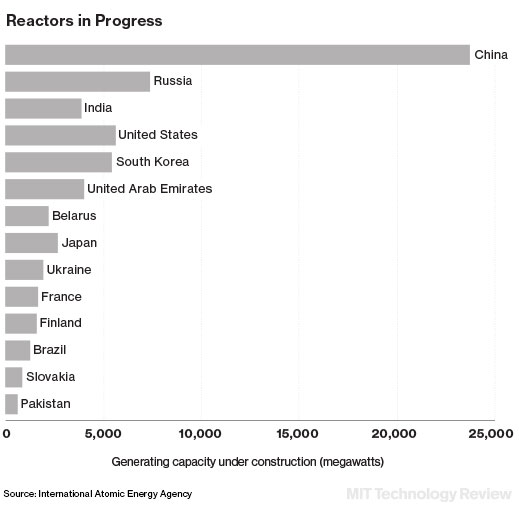| Fri, 04/03/2015 - 6:47pm CRAIC Technologies
Craic Technologies' 20/30 XL is designed to work with large-scale samples, such as 300-mm wafers, to measure thin film thickness as well as the Raman spectra of microscopic sampling areas. The 20/30 XL also offers UV microscopy, a full spectroscopy suite as well as either manual or automated operation. Because of the flexible instrument design, the is no upper limit to the sample size which makes this instrument perfect for everything from quality control of the largest flat panel displays to film thickness of 300-mm wafers. Ultraviolet–visible spectroscopy or ultraviolet-visible spectrophotometry (UV-Vis or UV/Vis) refers to absorption spectroscopy or reflectance spectroscopy in the ultraviolet-visible spectral region. This means it uses light in the visible and adjacent (near-UV and near-infrared [NIR]) ranges. The absorption or reflectance in the visible range directly affects the perceived color of the chemicals involved. In this region of the electromagnetic spectrum, molecules undergo electronic transitions. This technique is complementary to fluorescence spectroscopy, in that fluorescence deals with transitions from the excited state to the ground state, while absorption measures transitions from the ground state to the excited state.
Craic Technologies, www.microspectra.com
|













